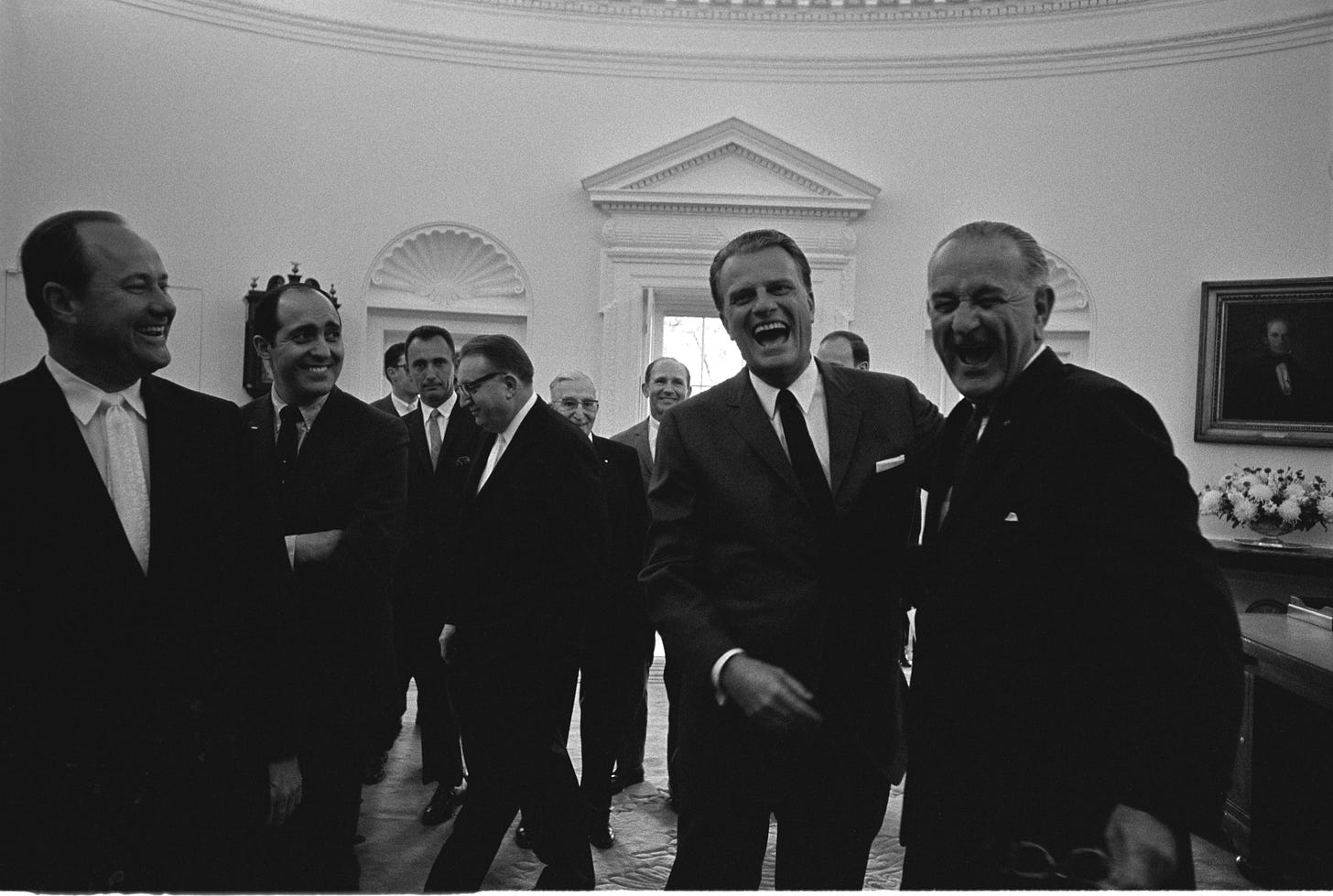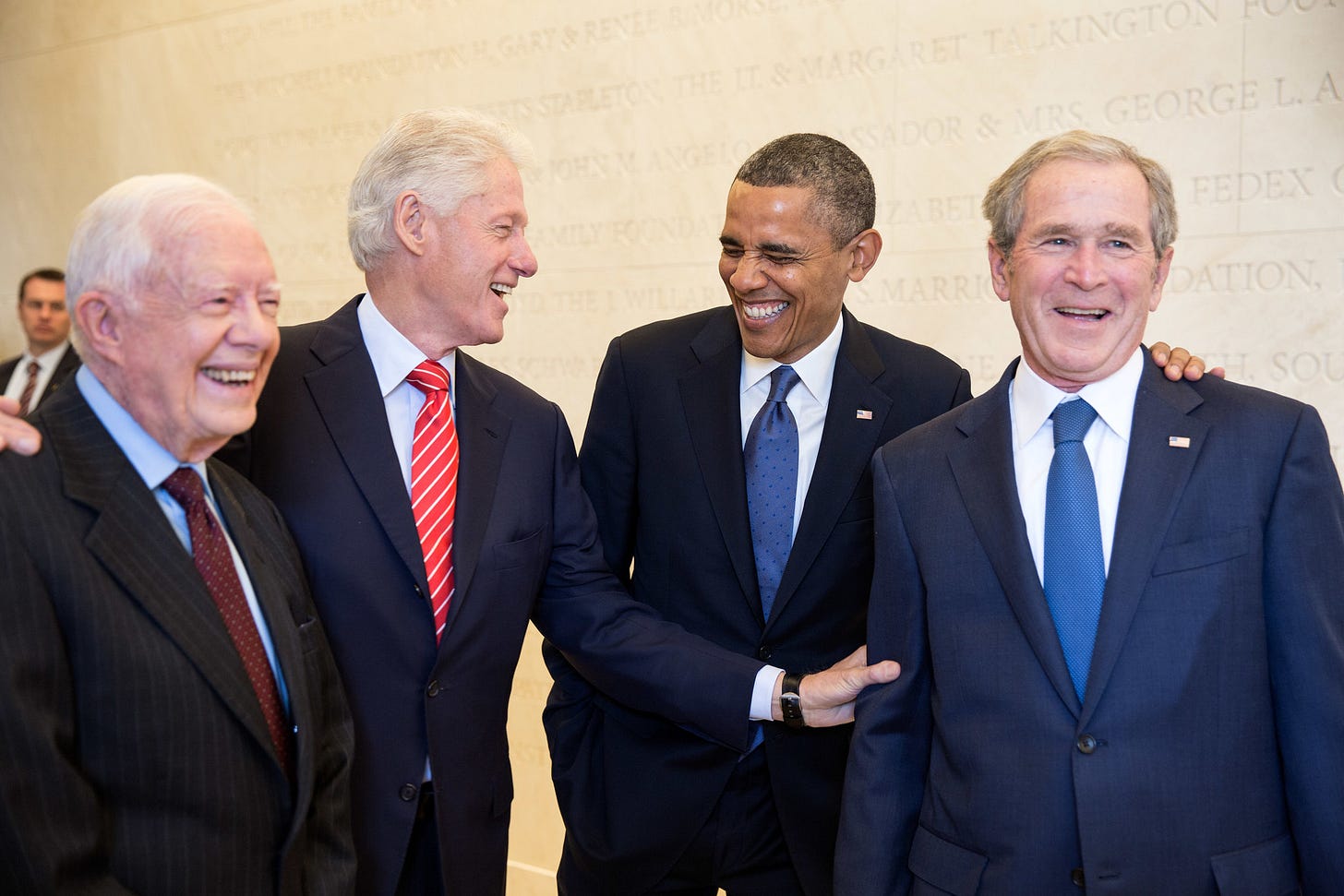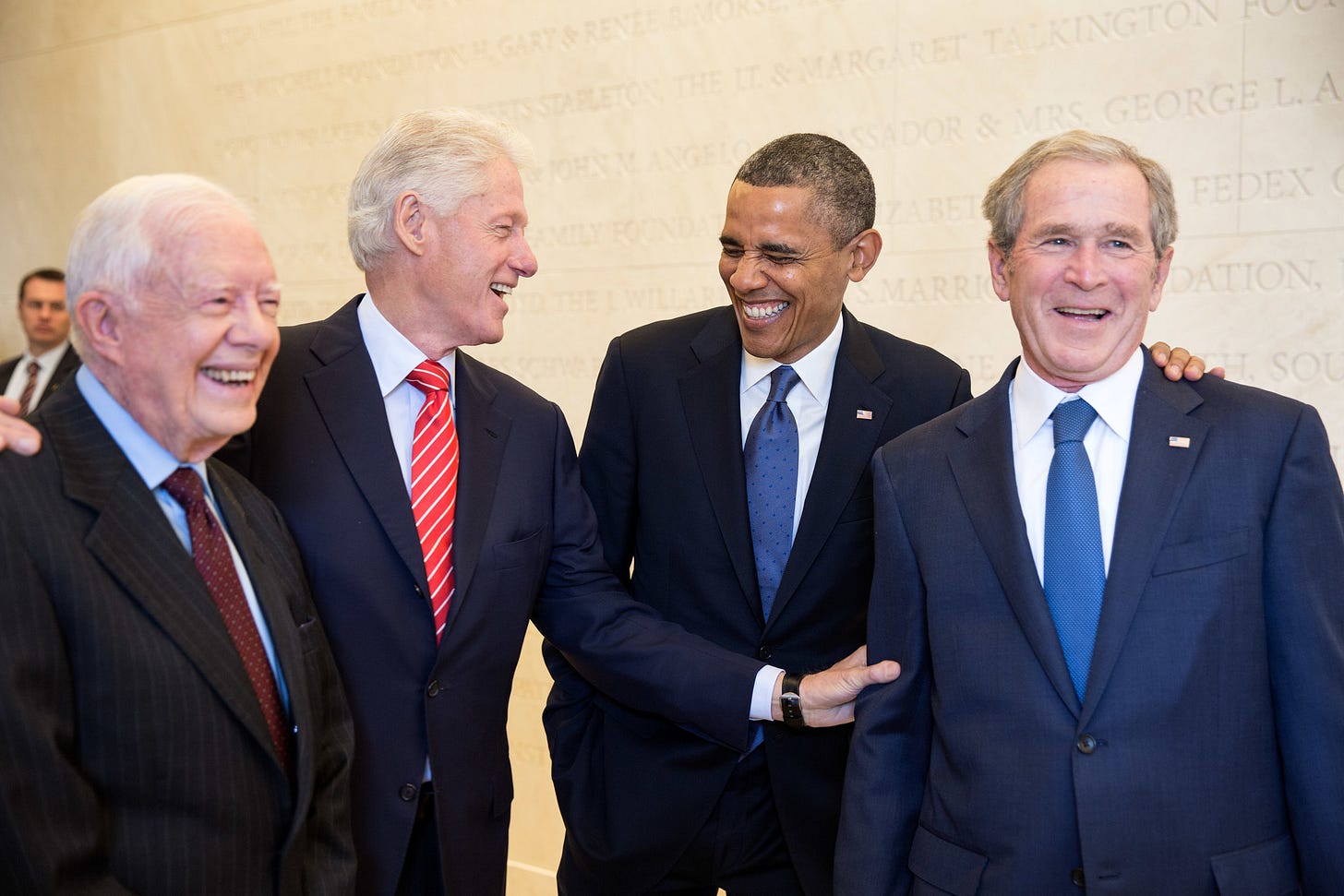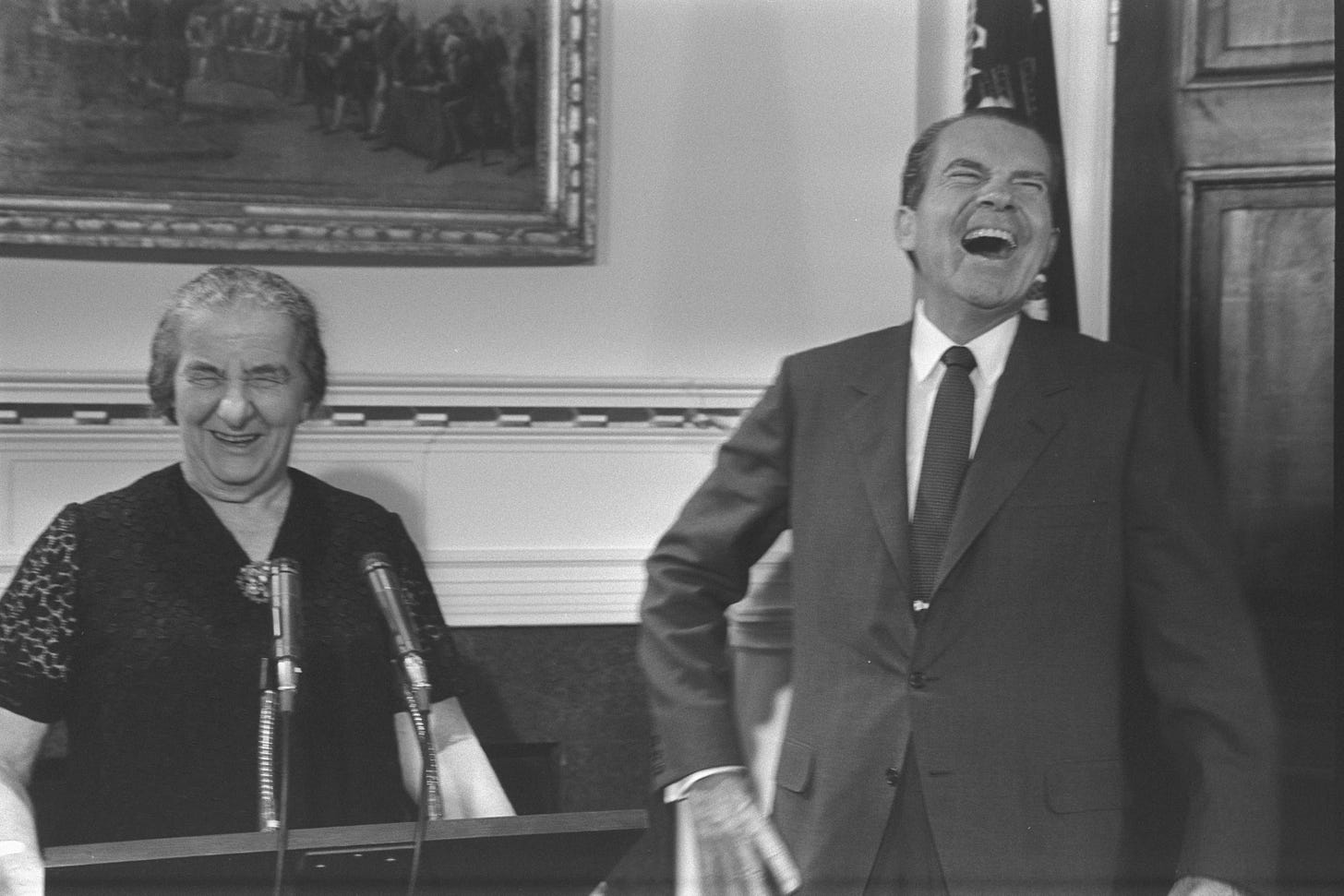The day after Kamala Harris entered the presidential race, I was scrolling through TikTok, trying to figure out the coconut thing, when I was served up a supercut video from the Daily Mail. I know these kinds of videos well; as a video editor for The Washington Post during the 2016 election, I made many.
Originally posted in April, the video showed Harris in various public appearances laughing loudly, uproariously, sometimes awkwardly. A stock music bed probably titled “Creepy Piano” or “Disturbing News” played underneath. Commenters on the video called her laugh “nervous,” “fake,” “unprofessional,” “like a witch.” Donald Trump has called her laugh “crazy.”
“What’s worse?” I commented. “Her sincere laugh or the fact that there is not a single video of Trump laughing ever in his whole life?”
It’s an oddity I have observed for a long time, and I’m not the only one to notice. Harris’s VP pick, Minnesota Gov. Tim Walz, has made it a centerpiece of his “they’re weird” media blitz. “Have you ever seen this guy laugh?” he asked CNN’s Jake Tapper. “That seems very weird to me, that an adult can go through 6 1/2 years of being in the public eye, if he has laughed it’s at someone not with someone.”
Walz undersells the point, because it’s been more than 6 1/2 years. Trump might be the most recorded person in human history. From his tabloid- and talk show-thirsty days in 1980s and 90s to his reality TV show spanning the 2000s and his emergence on the political stage right when technology made it cheap and easy to stream his many campaign rallies, Trump has spent a significant amount of his life in front of cameras.
I watched hours and hours of his rallies in 2016, assigned to clip and post the wildest shit he said (yes, I have regrets). Trying to catch Trump laughing became a kind of game, a way to keep myself focused through a tedious assignment. But I never caught one — not a hearty belly laugh, not a knee-slapping cackle, not a guffaw, not a chortle. I still haven’t.
Trump is funny. Whether or not you enjoy his sense of humor, one must admit he has good timing, humorous facial expressions, and the ability to construct a joke. But being funny and laughing are not the same thing. Laughing should ostensibly be much easier, a natural instinct more than a skill. It’s one of the first things a baby does to interact with its caregivers. It transcends language barriers and cultural differences. NASA scientists on the Voyager project considered it so intrinsic to being human that the sound of laughter (Carl Sagan’s, apparently) was put on a gold-plated record and sent out into deep space for extraterrestrials to behold.
To laugh one must be able to relax, to give the body over from the sympathetic (“fight or flight”) nervous system to the parasympathetic (“rest and digest”). Your head tilts back, your mouth opens, your shoulders bounce, your hand holds your spasming belly. You might even fall out of your chair. A person is convulsed with laughter, doubled over with laughter, seized by uncontrollable laughter. Laughter is contagious. To laugh deeply is to be physically vulnerable.
Trump can’t do that. For whatever reason, he appears unable to summon a genuine laugh, or even a fake one. Even when he makes others laugh he doesn’t laugh along with them, he just grins.
My TikTok comment on the Harris video yielded a few Trump supporters claiming specific moments that proved he could laugh: his Comedy Central roast, a New Hampshire campaign rally and a meeting with Philippines President Rodrigo Duterte.
I watched the roast in full. In the first 15 minutes, Trump makes three attempts at chuckles, each with a single shoulder bounce and a soft “heh” or, once — after a joke about poor men having to sleep with average-looking women — a “heh heh.” He grinned a lot that evening, but his lack of amusement was still apparent enough that when the final comedian, Jeff Ross, took the stage, he asked, “Mr. Trump, are you having a good time?” “Good time,” Trump said. Ross shot back, “Well, tell your face.”
I also watched his notorious roast of Hillary Clinton at a Catholic charity dinner in 2016. He didn’t laugh, but he did call her laugh “inapproriate” and said, cheerlessly, to an audience appalled into silence, “Hillary isn’t laughing as much as the rest of us.”
At the New Hampshire rally, when an audience member made a joke comparing Hillary Clinton to a dog, Trump emitted a brief but real chuckle.
And in the Philippines, Trump can be heard — but not seen, since Duterte’s security men were pushing the videographers away — emitting an extended chuckle after Duterte called journalists “spies.”
Put together in a supercut, these clips wouldn’t amount to a single “heheheheheheh” from either Beavis or Butthead, let alone a genuine belly laugh. The alleged exceptions prove the rule: Trump can’t laugh.
Trump constantly imagines — and despises — the laughter of others. How many times during his presidency did we hear him say “They’re laughing at us”? NATO countries, Central American countries, the whole world was laughing at us. When I type “laughing at us” into factba.se, a searchable catalog of Trump’s public remarks, I get 97 results. It may be tempting to source Trump’s obsession to 2011, when he really was laughed at by the Comedy Central audience and, a month later, by President Barack Obama and a ballroomful of elite journalists at the White House Correspondents Dinner. But the earliest factba.se record comes decades earlier, from a 1987 interview with Larry King. America’s debt was too high, Trump said, and other countries weren’t pulling their weight. (Sound familiar?) At different points in the interview he claimed Saudi Arabia, Japan and a Kuwaiti oil minister were all “laughing at us.”
Being president is, and should be, a serious job, but presidents should still publicly laugh. As anyone who’s ever worked a public-facing customer service job (which the presidency undoubtedly is) can tell you, laughing with customers is the magic ingredient for success. Sure, it can come out canned or awkward, but at its best it’s responsive, empathetic and equalizing. And the more one does it, the more genuine it becomes.
Sitting for a photo after a tense meeting with an appointee? Laugh.

Just got abdominal surgery but you want to be reelected? Show them you can laugh.
Buttering up a religious leader who might support your war? Laugh.

Meeting with another head of state? Laugh.
Have to go to an awkward event for an unpopular former president? Just laugh.

Even before the age of snapshots and moving images, there are records of presidents laughing. George Washington, usually portrayed as stone-faced, was once, according to a biographer, “so convulsed with laughter that … tears ran down his cheeks.” Abraham Lincoln struggled with what we would now call depression. Still, his friend and biographer William Herndon wrote, “No one’s laugh was heartier than his.”
I don’t mean to suggest the ability to laugh goes hand-in-hand with good leadership or a functioning moral core. It isn’t hard to imagine Eisenhower, Johnson or Nixon laughing at a sexist joke, or even at the cruelties they unleashed on defenseless people in another country. But a president who can’t laugh at all seems even more indecent.
The list of Trump’s “onlys” is long — the only president with no previous public service experience, the only president to be impeached twice, the only president not to accept the results of an election, the only president with a mugshot, the only president convicted of a crime.
We can add another distinction, a trait perhaps underpinning the malevolence of all the other “onlys”: The only president who could not laugh.





